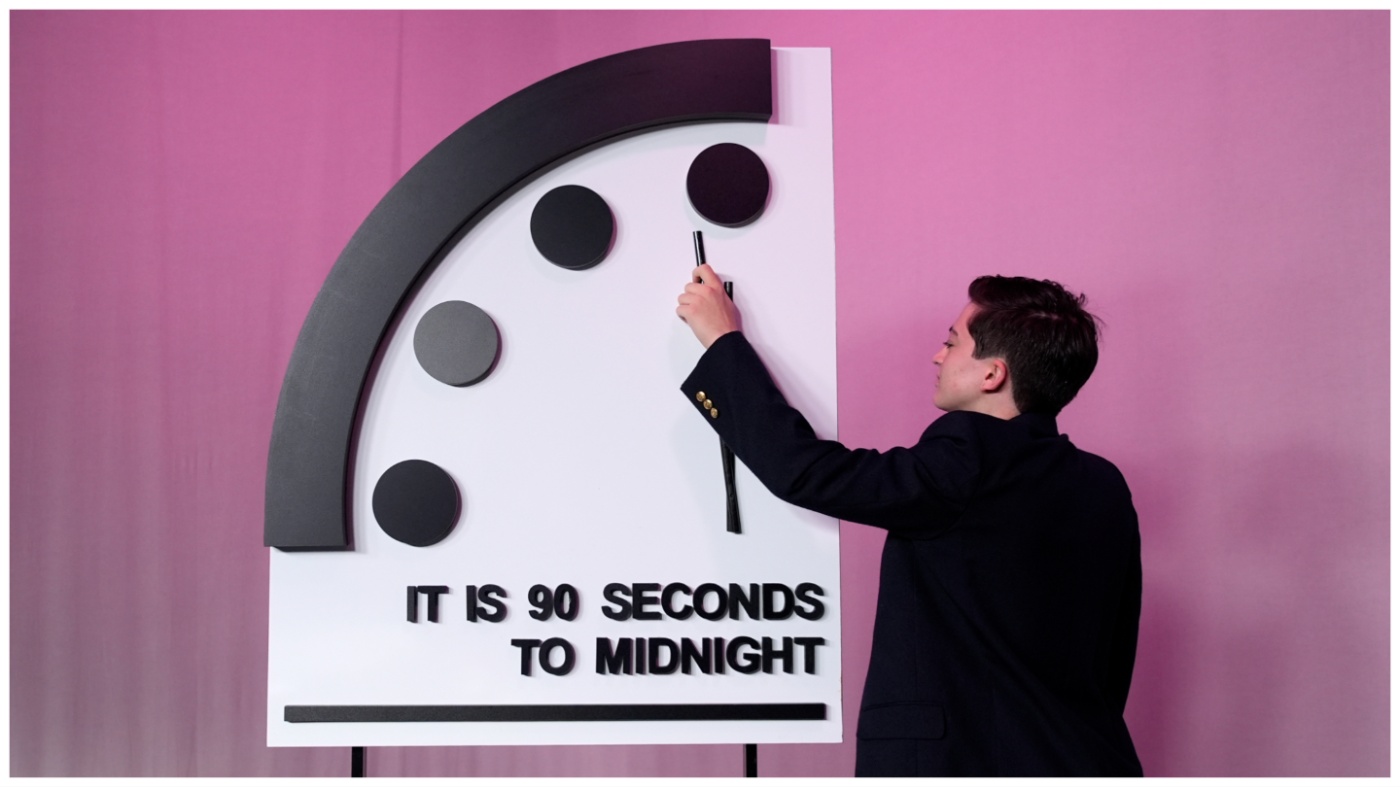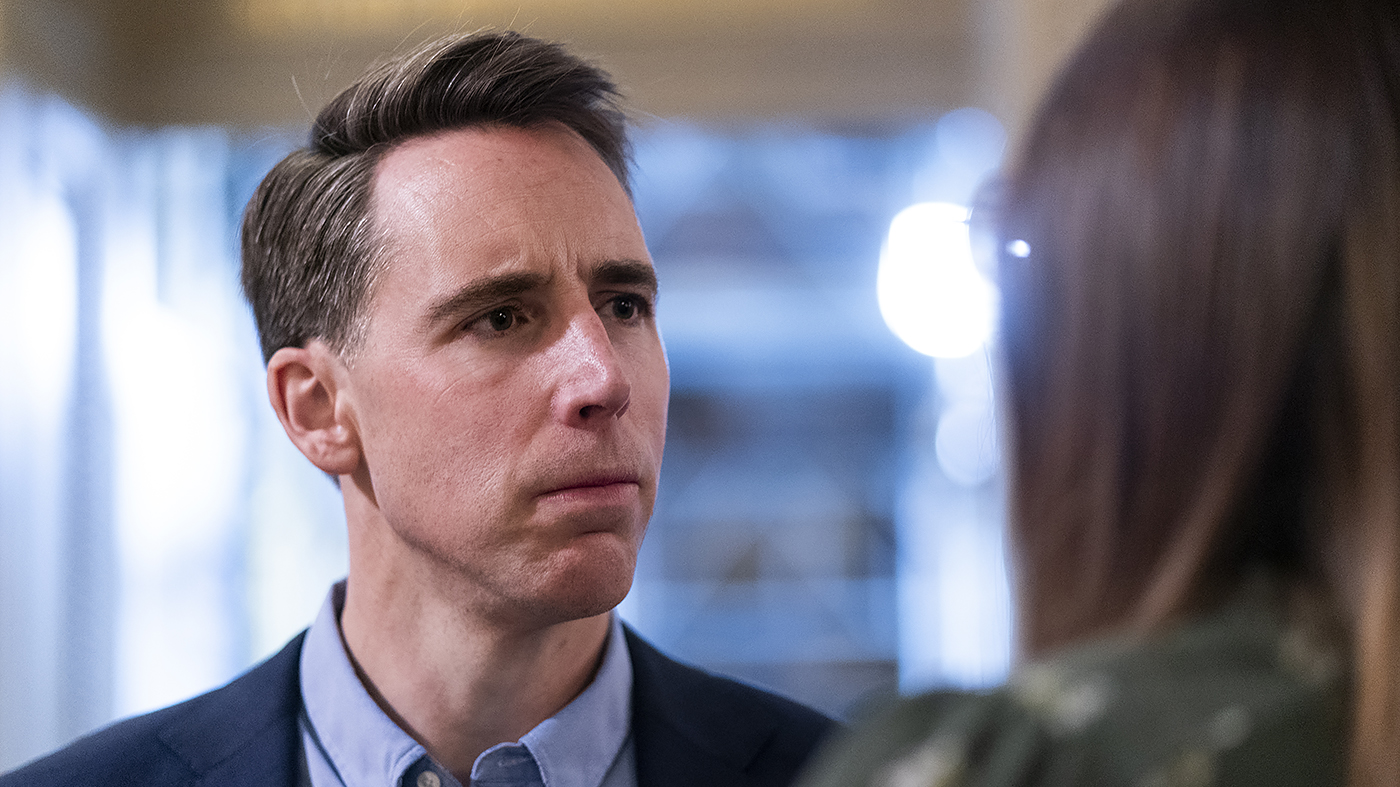This year’s annual update to the clock represents a grave warning, but one that is unchanged from last year.
“The risks of last year continue with unabated ferocity and continue to shape this year,” said Rachel Bronson, the CEO of the Bulletin of Atomic Scientists.
“Today, we once again set the doomsday clock to express a continuing and unprecedented level of risk.”
The determination also factors in other threats including wars in Ukraine and Gaza and the rise of AI.
However, scientists pointed to some positive developments on climate change despite 2023 being named the warmest year recorded.
“We are moving in the right direction, even if not as fast as one would like,” said Ambuj Sagar, professor of policy studies at the Indian Institute of Technology Delhi and member of the Bulletin of the Atomic Scientists.
But, he noted that individual country policies and pledges are not sufficient to meet the Paris Climate Agreement’s goals of reducing greenhouse gas emissions to prevent a global temperature rise below 2 degrees Celsius.
Read more from our colleague Laura Kelly at TheHill.com.
















